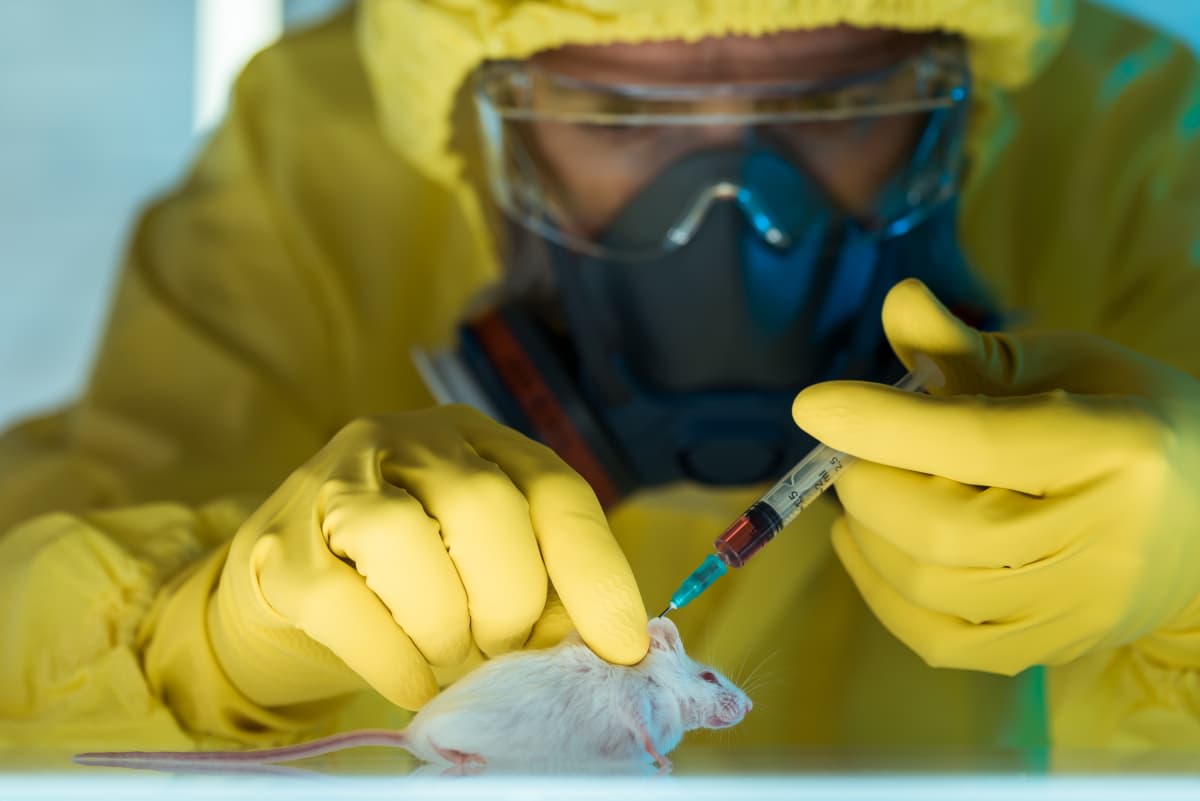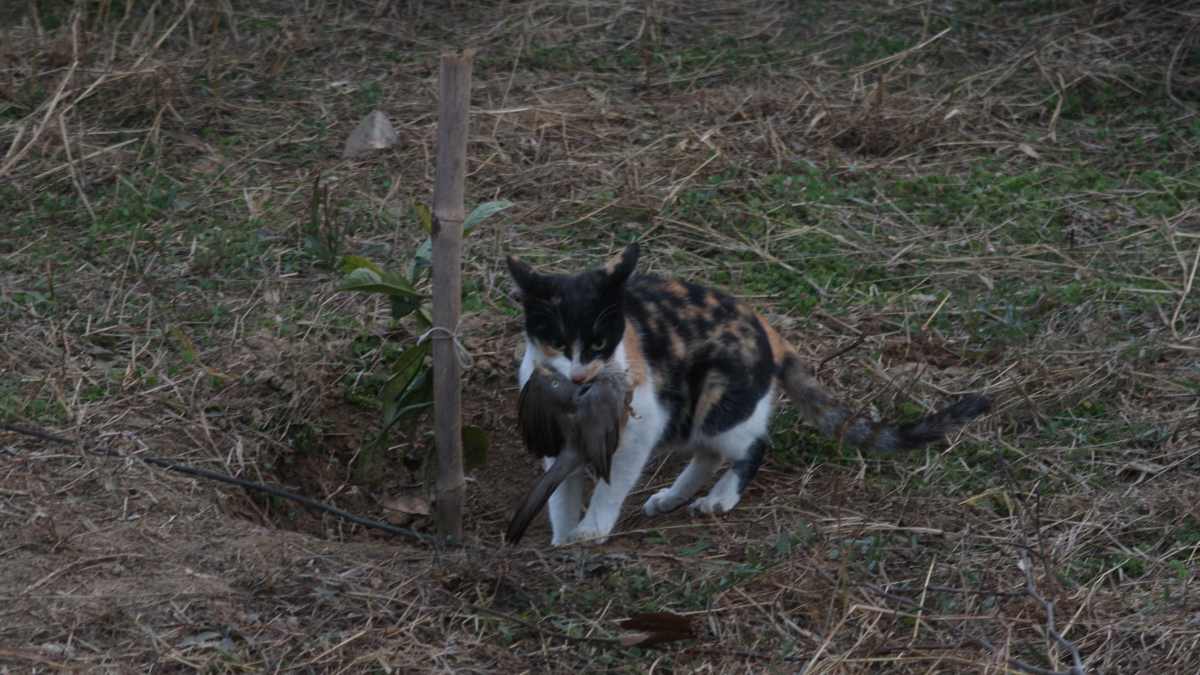Pet cat helps virologist discover new virus affecting humans

A pet cat from Florida has a knack for sniffing out viruses that can infect animals and humans. According to the study titled “Coding complete sequences of the 10 genomic segments of a mammalian orthoreovirus type 3 isolated from a Blarina peninsulae shrew,” which was published on June 10 in the Journal of the American Society for Microbiology, the virus can affect the respiratory, gastrointestinal, and central nervous systems. It is Virologist John Lednicky’s cat that has an affinity towards bringing morbid presents for him. From their latest hunt, the cat brought back Mammalian orthoreoviruses that can affect a wide array of mammals, including humans.

Pepper, the hunting cat, is notable for its role in presenting dead animals to its owner. At first, Lednicky was confused about the many corpses his cat was bringing in. However, he quickly realized that this carcass situation could be an opportunity to find unique and unknown viruses. "This was an opportunistic study. If you come across a dead animal, why not test it instead of just burying it? There is a lot of information that can be gained,” said Lednicky in an interview with Science Alert. This is the second time that Pepper’s hunt has made history as well as headlines. This time, the cat brought an Everglades short-tailed shrew, which helped scientists identify a mysterious orthoreovirus.

The short-tailed shrew, which resembles a mouse, harbors a previously unknown and harmless virus, which is now found to be linked with many diseases affecting humans and mammals. Lednicky’s colleague, Emily DeRuyter, a virologist at the University of Florida, said, “Mammalian orthoreoviruses were originally considered to be 'orphan' viruses, present in mammals including humans, but not associated with diseases. More recently, they have been implicated in respiratory, central nervous system, and enteric diseases.” She explained that there are many mutants of mammalian orthoreoviruses and very little is known about them.
To understand their role and dig deeper into the harmful effects of the virus, DeRuyter, Lednicky, and colleagues published the sequenced genome of their discovery. This step will enable scientists to understand the virus's role in causing possible epidemics. This is certainly not the first instance where Pepper brought a prey home, and it turned out to be a host of unidentified viruses. Earlier in 2024, the cat hunted a shrew containing a jeilongvirus that had never been found in the US before. The Jeilongvirus was found to be capable of altering the sequence in the cells of primates and other animals as well. "Samples of spleen and kidney tissues were obtained from a dead Blarina peninsulae shrew," mentioned the study. Lednicky stated that the virus is genetic but has the potential to spread unevenly.
Lednicky and his colleagues' efforts in the early detection of these obscure viruses have put scientists at an advantage to enhance their surveillance efforts before a potential outbreak in the country. These findings also highlight the possibility that the cats can be hosts of viruses when they are allowed to roam freely outside. Pepper’s potential in bringing dead animals indicates that free felines can bolster the spread of diseases between various species. Their ability to do so can be detrimental, as the outlet also mentioned their potential to spread bird flu to their owners. Not that Pepper would want that, but how would a cat decipher between what is right and wrong? So, it is equally important for us humans to take extra care of these free-roaming pet animals and prevent any unwanted interaction between them and their possible prey.